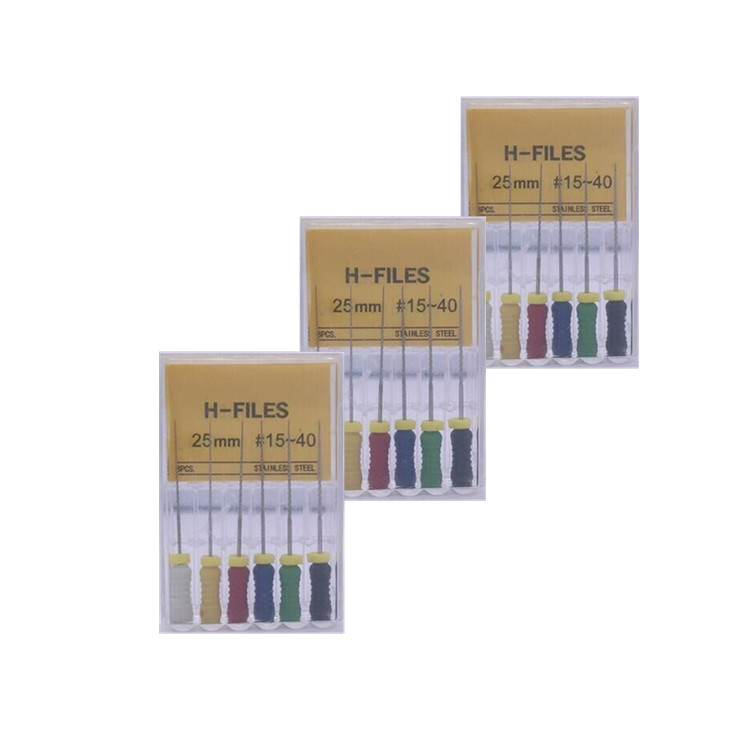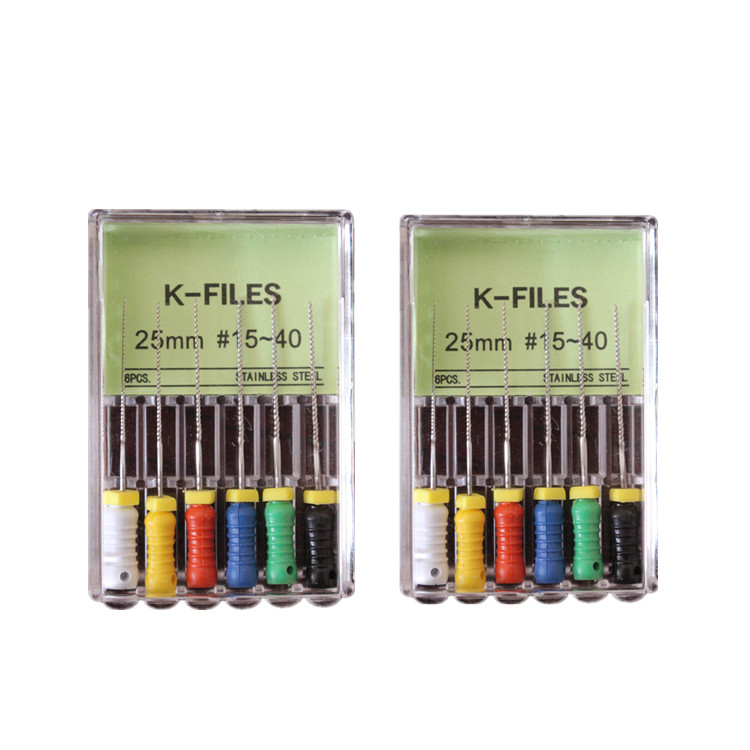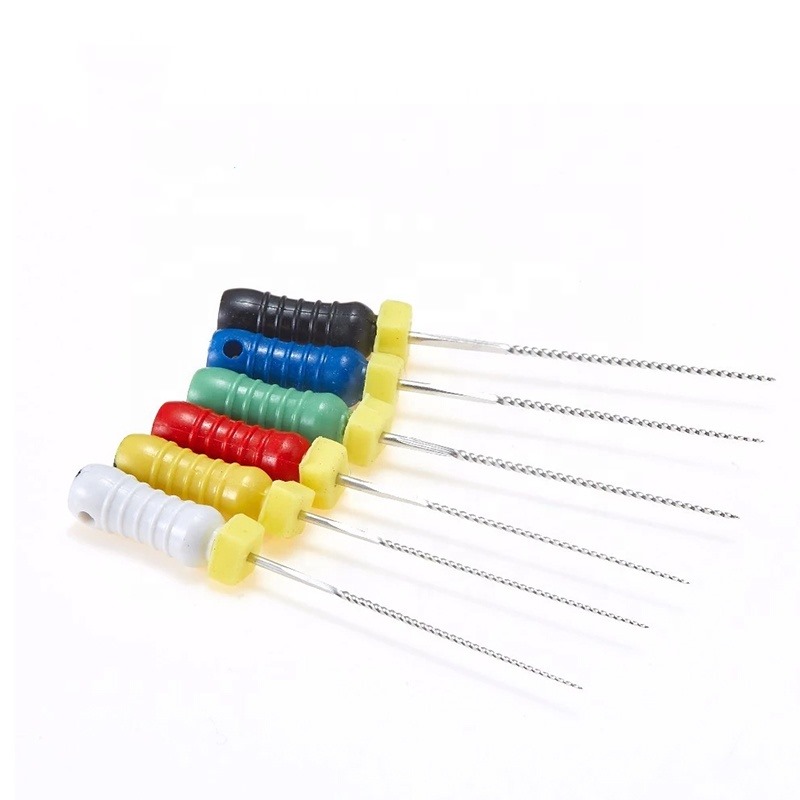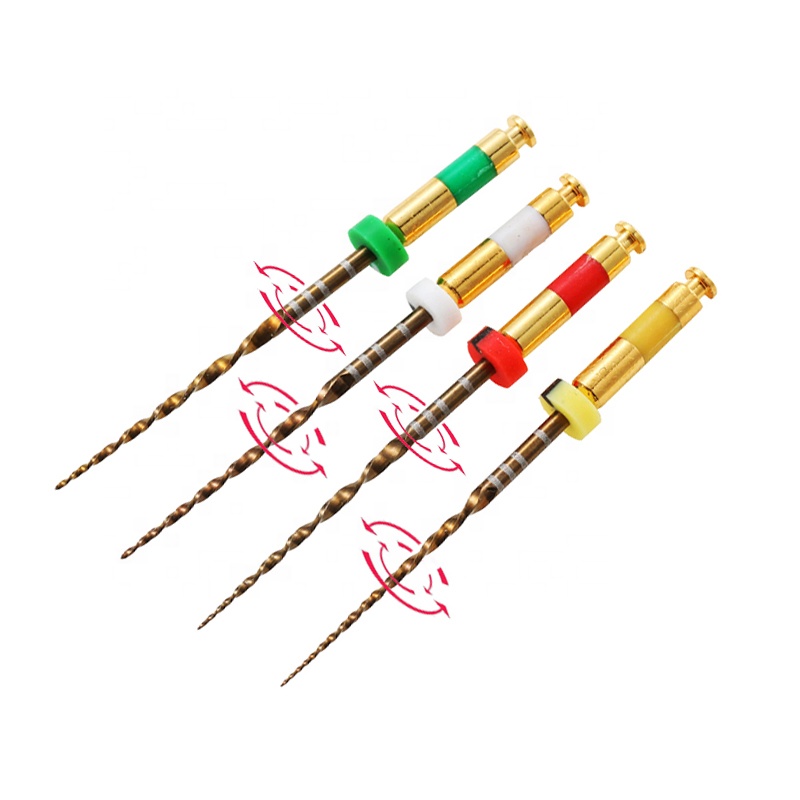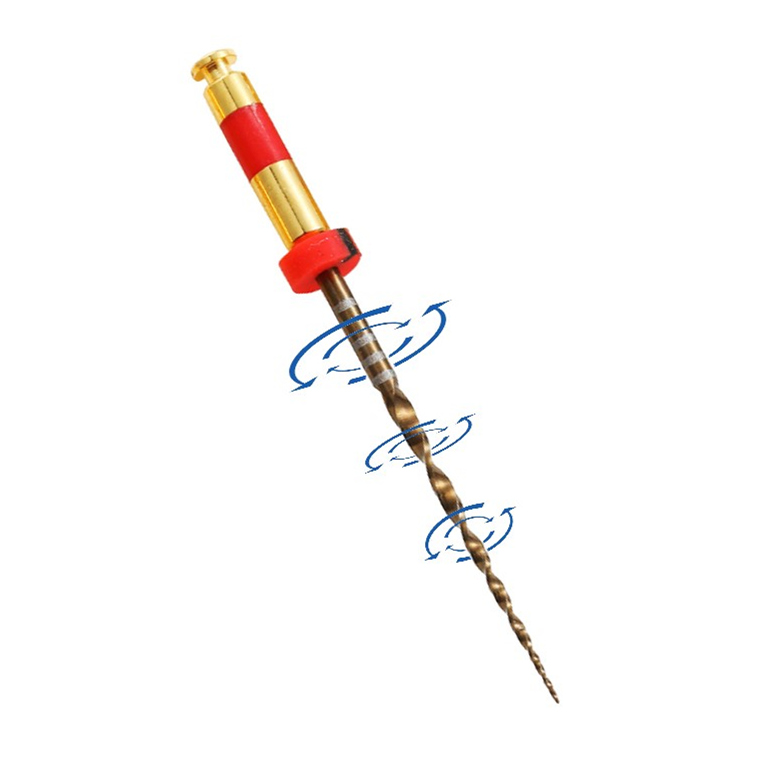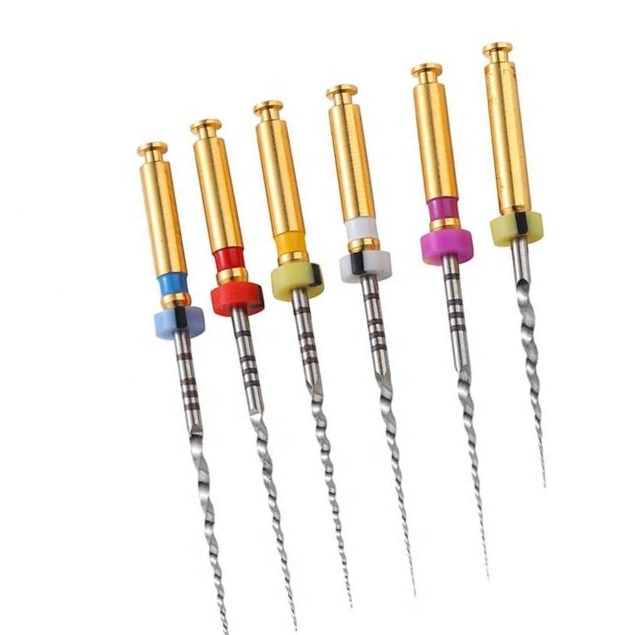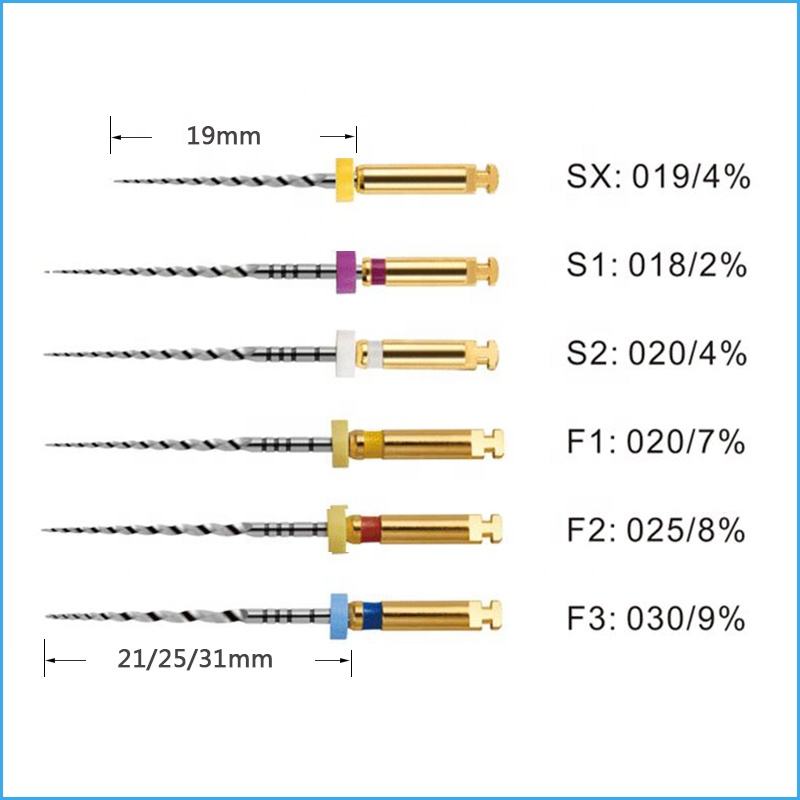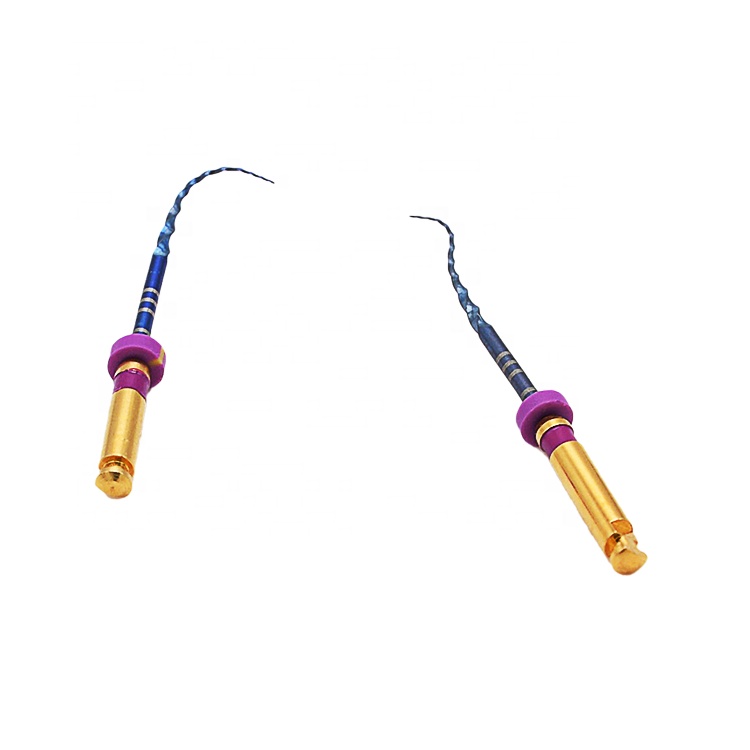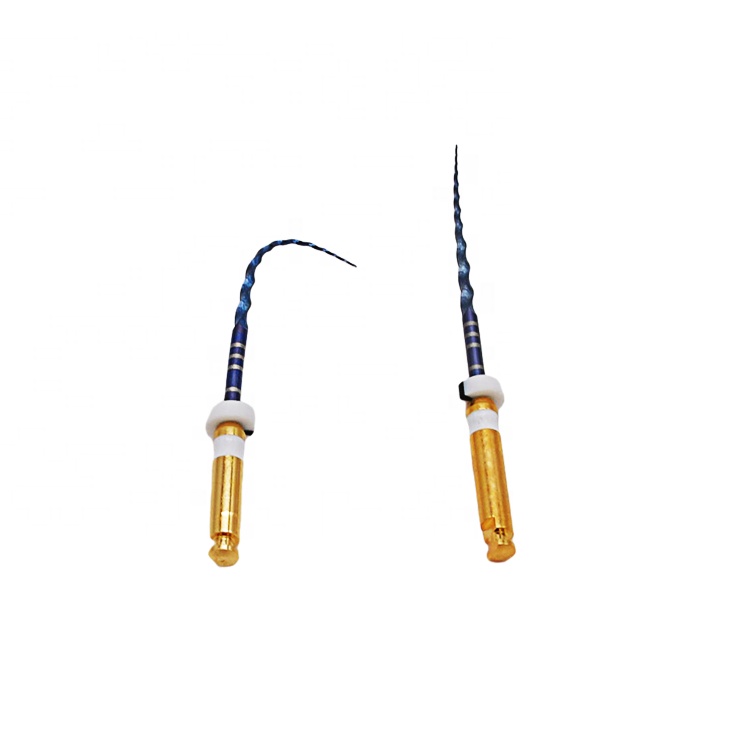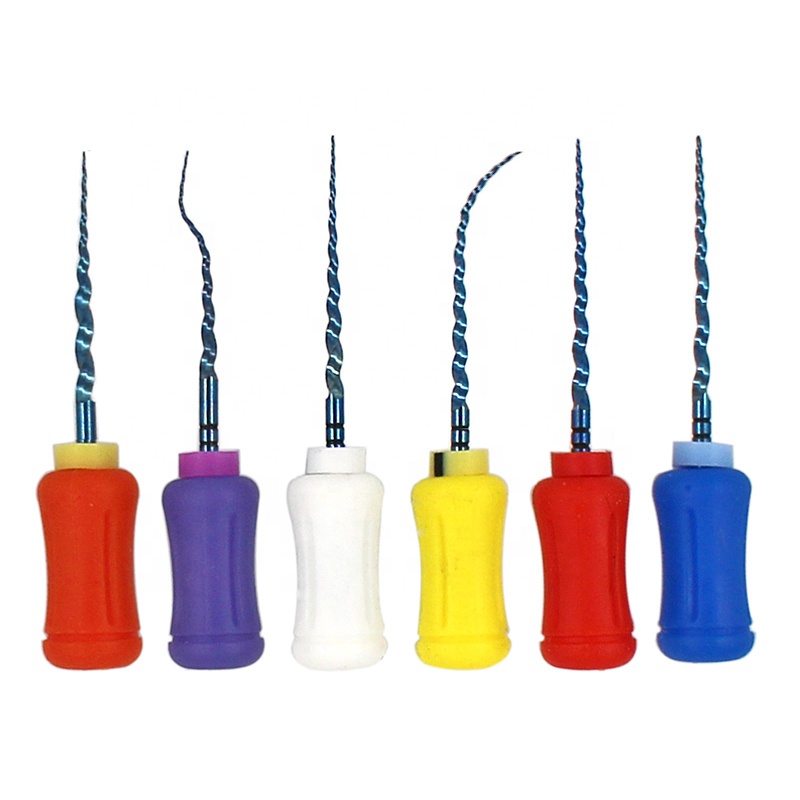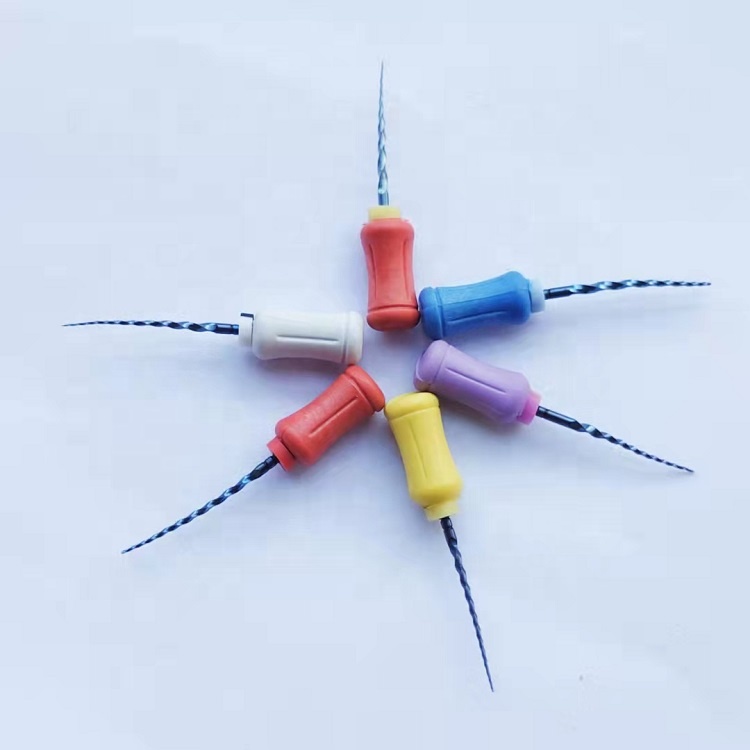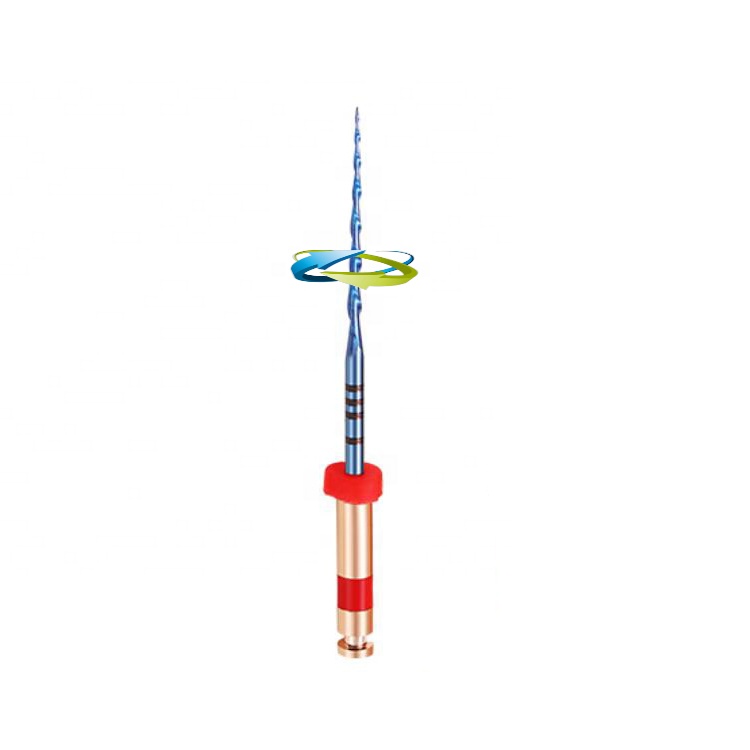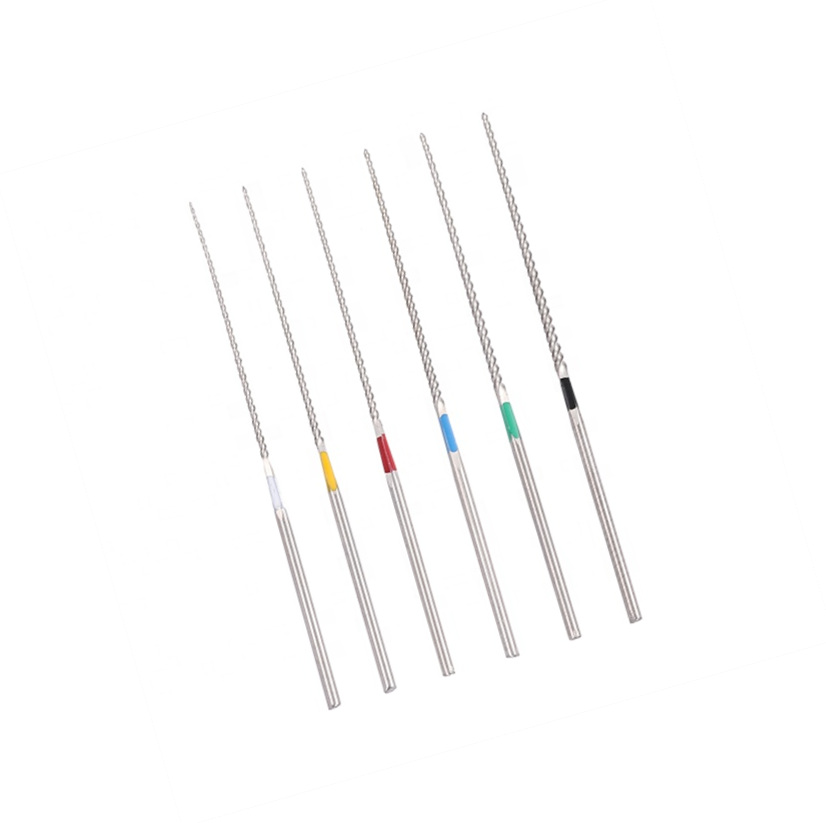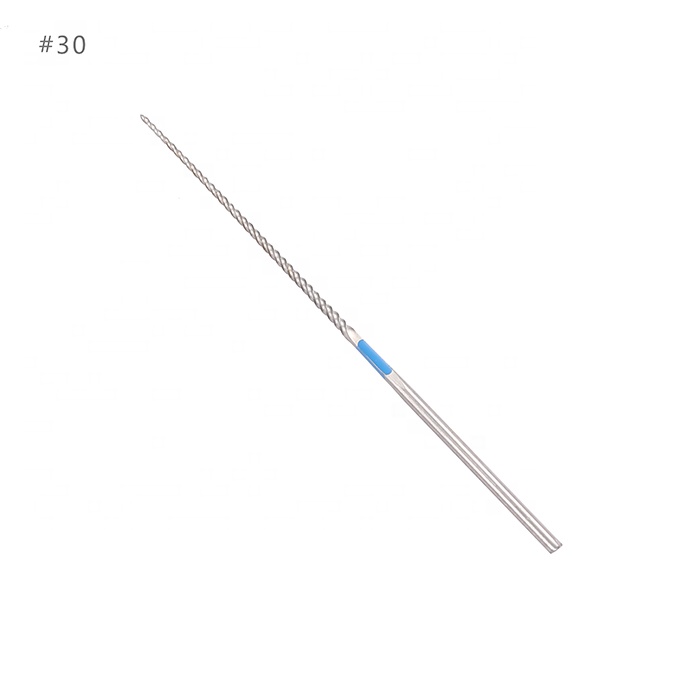Blog
Choosing the Right Endodontics Files for Effective Root Canal Treatment
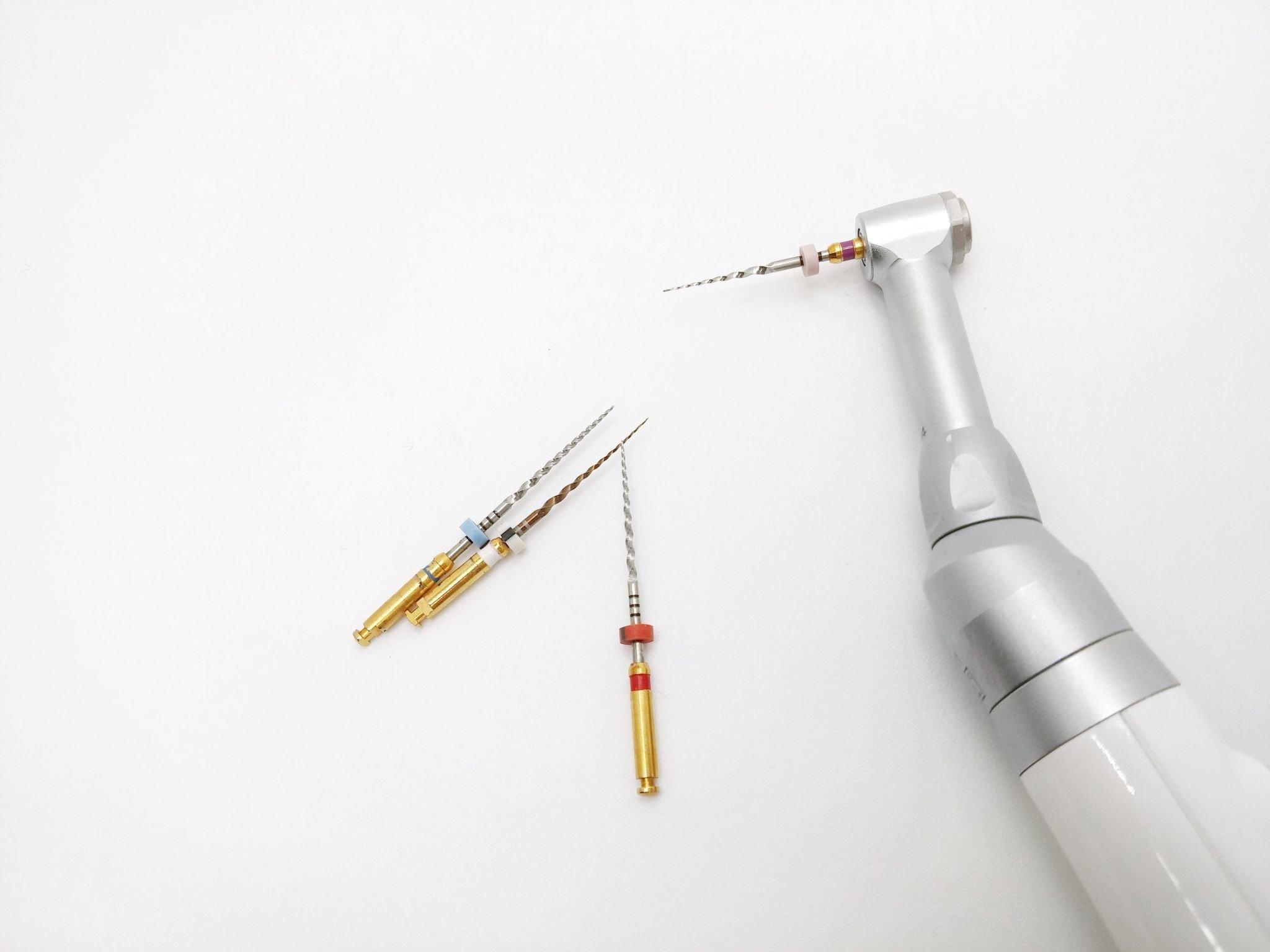
Endodontic files are an essential tool used in root canal treatment, a dental procedure that involves removing the infected or damaged pulp from the tooth. These files come in various shapes, sizes, and materials, each designed to address specific aspects of the root canal procedure. Endodontic files are typically made from stainless steel or nickel-titanium alloys, which provide excellent strength, flexibility, and corrosion resistance.
Stainless steel files are rigid and less expensive, while nickel-titanium files shape the root canal more flexibly and efficiently.
K-files and the Hedstrom files
Dental Headstroem Files
Endo Dental K File
Endodontic files come in different sizes and shapes to suit different root canal anatomies. The most common forms are the K-files and the Hedstrom files. K-files have a twisted design that provides excellent flexibility, while Hedstrom files have a triangular cross-section, making them more efficient in removing the pulp tissue.
Using endodontic files requires proper technique and skill to prevent potential complications. The dentist must first access the root canal and use a series of files to remove the infected or damaged tissue. The files are rotated and moved in a back-and-forth motion to scrape the canal’s walls and shape it to receive the filling material.
Endodontic Rotary Files
Rotary Files Wave One Gold System
- Files length: 21 mm, 25 mm, 31 mm.
- Taper sizes: R20, R25, R35, R45
- ISO Color-Yellow (20#), Red (25#), Green (35#), White (45#)
- Package:4pc per box.
Dental Rotary Files
Endodontic rotary files are a type of endodontic file that uses a rotating motion to clean and shape the root canal. These files are made from nickel-titanium alloy, which provides greater flexibility and efficiency than traditional stainless steel files. Endodontic rotary files come in various shapes and sizes to suit different root canal anatomies and treatment goals. The rotary motion of these files reduces the risk of instrument fracture, enhances cutting efficiency, and allows for more precise and consistent shaping of the root canal.
However, using rotary files requires proper technique, training, and experience to prevent complications such as file separation, ledge formation, or perforation. Dental professionals must also ensure proper maintenance and sterilization of the rotary files to prevent cross-contamination and ensure longevity and effectiveness.
Protaper Blue Files Endodontics
Protaper Blue Files Endodontics
Dental Protaper Files
These files are made from nickel-titanium alloy and feature a unique design that enhances efficiency, safety, and simplicity in shaping the root canal. ProTaper Blue files come in a set of six files, each with a different taper and tip size, designed to address different aspects of the root canal procedure.
The ProTaper Blue files feature a progressive taper design that gradually increases the file’s diameter towards the tip, allowing for better debris removal and canal shaping. The files also have a variable helix angle that enhances cutting efficiency and reduces the risk of file separation or transportation.
Reciprocating Endodontic Files
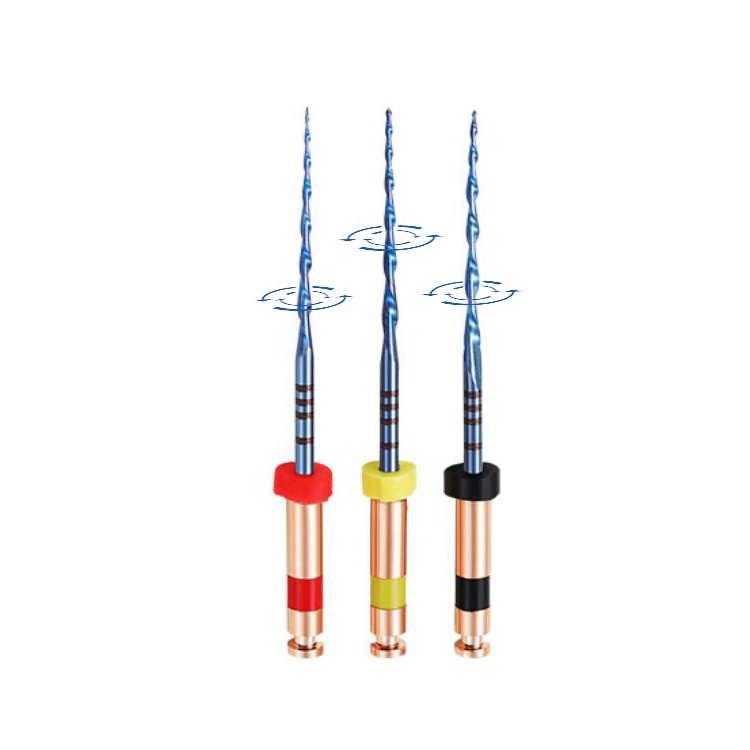
Reciprocating Endodontic File
Reciprocating endodontic files are a type of endodontic file that uses a reciprocating motion rather than a rotary motion to clean and shape the root canal. These files are made from nickel-titanium alloy and are designed to enhance efficiency, safety, and simplicity in root canal treatment.
Reciprocating endodontic files feature a unique design that uses a clockwise and counterclockwise motion to cut and remove dentin debris from the root canal. This reciprocating motion allows for better cutting efficiency and debris removal while reducing the risk of instrument fracture and canal transportation.
Reciprocating endodontic files come in various shapes and sizes, each designed to address specific aspects of the root canal procedure. They also feature a color-coded system that makes it easy to identify each file’s size and taper, streamlining the root canal procedure.
Dental Ultrasonic U File
U File Tips
The Ultrasonic U-file is a dental instrument used to enlarge the root canal and smooth and flatten its walls through grinding and polishing. This is achieved by the file’s vertical reciprocity and oscillation movements or ultrasonic vibrations. The U-file is designed to be connected to an active medical device for optimal performance.
Using endodontic files requires proper technique and skill to prevent potential complications. The dentist must first access the root canal and use a series of files to remove the infected or damaged tissue. The files are rotated and moved in a back-and-forth motion to scrape the canal’s walls and shape it to receive the filling material.
It is essential to use the right size and shape of the endodontic file to ensure optimal cleaning and shaping of the root canal. Using a file that is too large or too small can result in incomplete cleaning or damage to the root canal’s walls.
Endodontic files require proper maintenance to ensure longevity and effectiveness. After use, the files must be cleaned and sterilized before the next use to prevent cross-contamination. Proper storage and handling of the files also prevent damage or deformation that can affect their performance.
Conclusion
In conclusion, endodontic files are a crucial tool in root canal treatment. They come in various shapes, sizes, and materials to suit different root canal anatomies. Proper technique, maintenance, and handling of the files are crucial to ensure optimal results and prevent complications.

